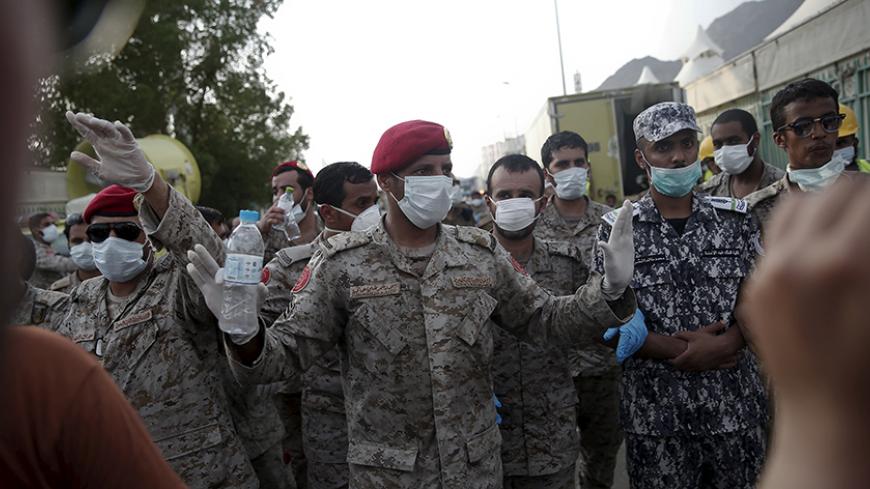The hajj season of 2015 will always be remembered — not just in Saudi Arabia, but in each and every country that lost pilgrims in one of the deadliest stampedes in the history of the annual pilgrimage to Islam’s holiest sites. There are images of the dead piled up under the sun in Mina and horrific footage of the worst moments where people are seen stuck in the middle of a sea of bodies, some suffocating and others making what appears to be an impossible effort to run for their lives.
These scenes bear a close resemblance to what the region is going through — the same struggle for life that can be seen from Iraq to Syria, Yemen, Bahrain, Egypt and many other countries. To make things more real, this latest tragedy took place in Saudi Arabia, and the most afflicted nation was Iran. These two countries are already fighting each other directly or via proxy in one of the deadliest wars in the history of the Middle East — a war that has taken the lives of tens of thousands of people.



